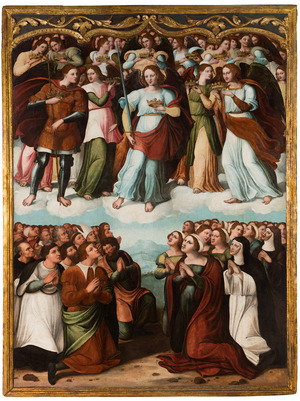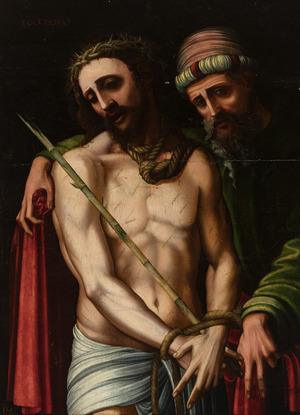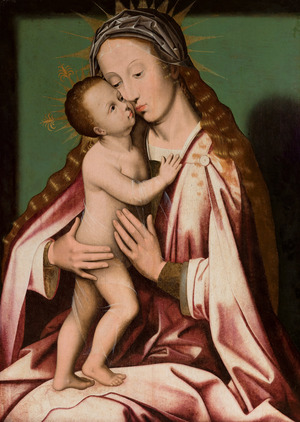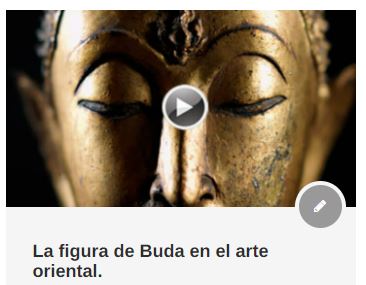The context of an Empire. Renaissance art in Spain.
If we were to go back to 16th century Spain, we would find ourselves before one of the most incredible panoramas in history. In barely a hundred years, a group of kingdoms, traditionally in dispute, are now at peace and united under one crown with the projection of being the custodians of half the known world. The territories of the Hispanic monarchy, whether under the reigns of Charles I or his son Philip II, covered half of Europe and overseas territories in the New World and Asia. The context in which we find ourselves is key to the development of the Renaissance in Spain. The commercial relations between the territories of the peninsula and the European kingdoms had centuries of tradition, however, the cultural influences produced by the annexation of the new ones made the exchange of ideas more agile.
On the one hand, we would find the Italian case, the true cradle of the Renaissance. The classical past was more alive than anywhere else, the patronage of the great princely and bourgeois families gave impetus to the new artistic current. The squares of the Duchy of Milan were incorporated in the time of Charles I and the south of Italy with Naples and Sicily, from the time of the Great Captain and Ferdinand the Catholic. Works in the new taste would reach the peninsula in various forms, either as diplomatic gifts, collections treasured by the viceroys and officials who managed the territories, as well as imports created exprocess for the Spaniards. In addition to all these reasons, there is another equally important one, the Spanish artists trained in Italian workshops or the Italians themselves who would come to our land. In the first case we find examples worthy of occupying relevant pages in history, such as Alonso de Berruguete, the fundamental figure of painting and sculpture of this century. He was related during his stay in Italy with Michelangelo, Bramante and Andrea del Sarto. Luis de Morales and Yañez de Almedina contributed the sfumato technique and all the knowledge acquired in Leonardo Da Vinci’s workshop.
The case of Italian artists settled in Spain is equally relevant, the great sculptors such as the brothers Pompeo and Leon Leoni or Torrigiano, the famous enemy of Michelangelo. In the center of Europe, whether in Burgundy or Flanders, there are examples of notable influences: John of Burgundy at the head, John of Flanders or Paul Esquert among others. However, it is worth mentioning that the close relationship between Castile and Flanders already gave outstanding examples centuries ago, cities such as Antwerp and Bruges had great patrons in the Castilians as corroborated by the collection that in its day created Isabel the Catholic.
The next auction on October 13 will host a good number of pieces within the context that we have presented. On the one hand, we would see the Italian influences in the Valencian school, such as the panel of the Master of Alzira, a true museum piece with an indisputable historical relevance. We can observe Berruguete’s style in the pair of busts of saints that must have been part of a remarkable altarpiece. An example of Morales’ style and the transcendence of painters such as Piombo or Solario in Spain is evident in this enigmatic panel depicting an Ecce homo with Italianizing features but with a markedly Hispanic character.
Finally, we should mention two panels, the first “The Rest of the Flight into Egypt”, as proof of the marked influence that Flemish painting had on the artists of the peninsula through imported works. Following the thread of the paintings made by artists from Flanders to be sent to Spain, we have the case of an anonymous panel inspired by the model of Ambrosius Benson that was so successful throughout Europe.









